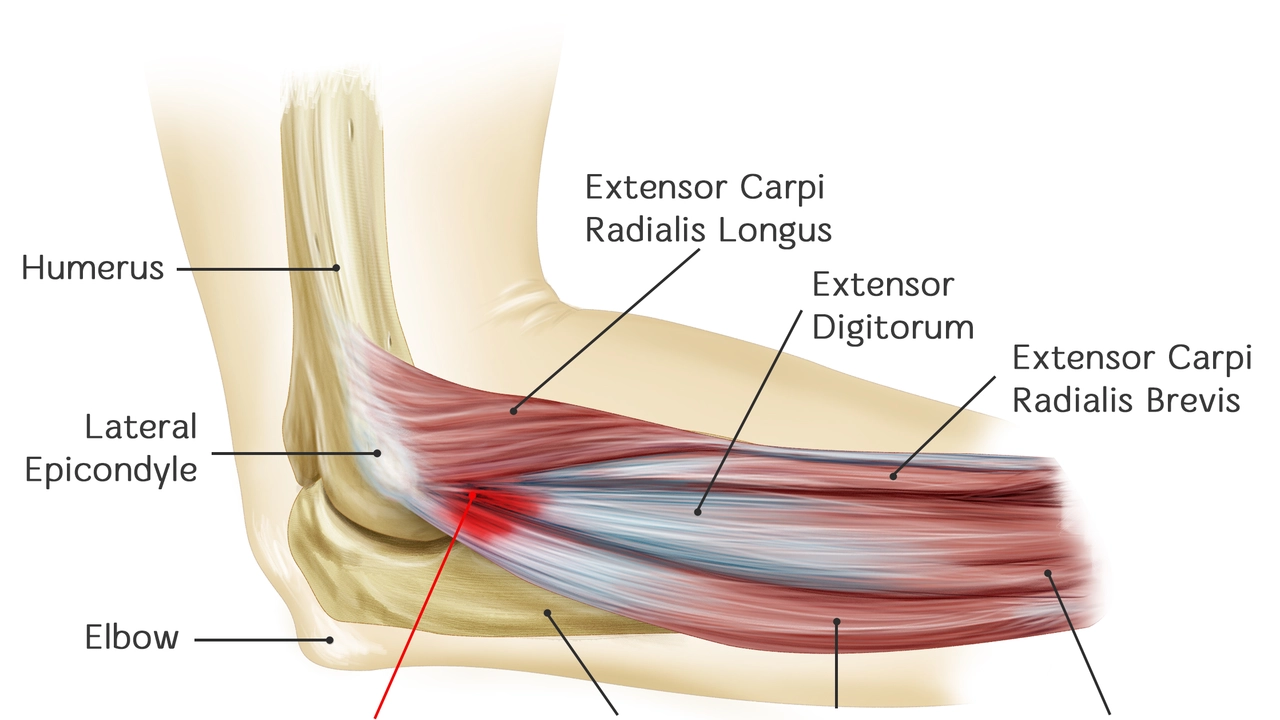Treatment: Understanding How It Works in Sports, Health, and Daily Life
When talking about treatment, the process of diagnosing, managing, and repairing a health issue or performance problem. Also known as therapy, it serves as the bridge between a problem and a solution, whether you’re nursing a sprained ankle or coping with anxiety.
Key Areas Where Treatment Shapes Outcomes
The first major area is injury rehabilitation, a systematic approach that restores function after a sports‑related setback. This sub‑field requires a clear diagnosis, a step‑by‑step recovery plan, and regular progress checks. The second core entity is physical therapy, which uses targeted exercises, manual techniques, and equipment to improve mobility and strength. Finally, mental health therapy offers counseling, cognitive strategies, and mindfulness tools to treat emotional and psychological challenges.
These entities don’t exist in isolation. Treatment encompasses injury rehabilitation, which relies on physical therapy to accelerate healing. Effective treatment requires proper diagnosis, because without knowing the exact issue, any plan can miss the mark. Physical therapy influences recovery speed, while mental health therapy often determines how consistently a person follows a rehab schedule. In practice, a soccer player with a torn hamstring will see a sports doctor, then a physical therapist, and may also work with a mental health coach to stay motivated.
What ties everything together is the concept of personalized care. Medical professionals assess age, activity level, and previous injuries to design a custom treatment protocol. For example, a teenager returning from ACL surgery will get low‑impact exercises first, then progress to agility drills, while an older adult with chronic knee pain may start with water‑based therapy to reduce joint stress. The same principle applies to mental health: a student dealing with exam stress receives coping strategies tailored to their schedule, whereas a veteran with PTSD might need a longer, trauma‑focused program.
Technology also shapes modern treatment. Wearable sensors track range of motion, giving therapists real‑time data to adjust exercises. Tele‑health platforms let patients attend virtual therapy sessions, making care accessible for those in remote areas. Meanwhile, apps that guide breathing exercises support mental health therapy by offering on‑demand relief during stressful moments. These tools don’t replace human expertise, but they amplify the effectiveness of each treatment component.
When you combine injury rehabilitation, physical therapy, and mental health therapy under a unified treatment strategy, the results are often faster, safer, and more sustainable. Athletes who follow this holistic approach report fewer re‑injuries, better performance, and higher confidence on and off the court. Non‑athletes experience similar gains: reduced chronic pain, improved mood, and a stronger sense of control over their health.
Below you’ll find a curated collection of articles that dive deeper into each of these topics. From real‑world case studies on sports injury recovery to practical tips for managing anxiety, the posts will give you actionable insights you can apply right away. Let’s explore how the right treatment can transform challenges into milestones.
Elbow Tendinitis and Tennis Elbow Treatment?
Elbow tendinitis and tennis elbow are painful conditions often caused by overuse or strain of the elbow joint. Treatment usually involves rest, icing the area, and over-the-counter painkillers to manage discomfort. In more severe cases, physical therapy or even surgery may be necessary. It's also crucial to prevent future occurrences by using proper techniques during physical activities and strengthening the muscles around the elbow. Always consult with a healthcare provider for appropriate diagnosis and treatment.



